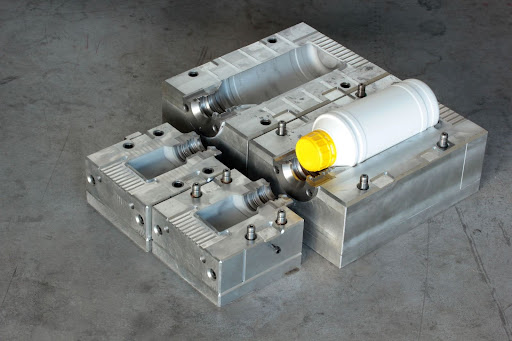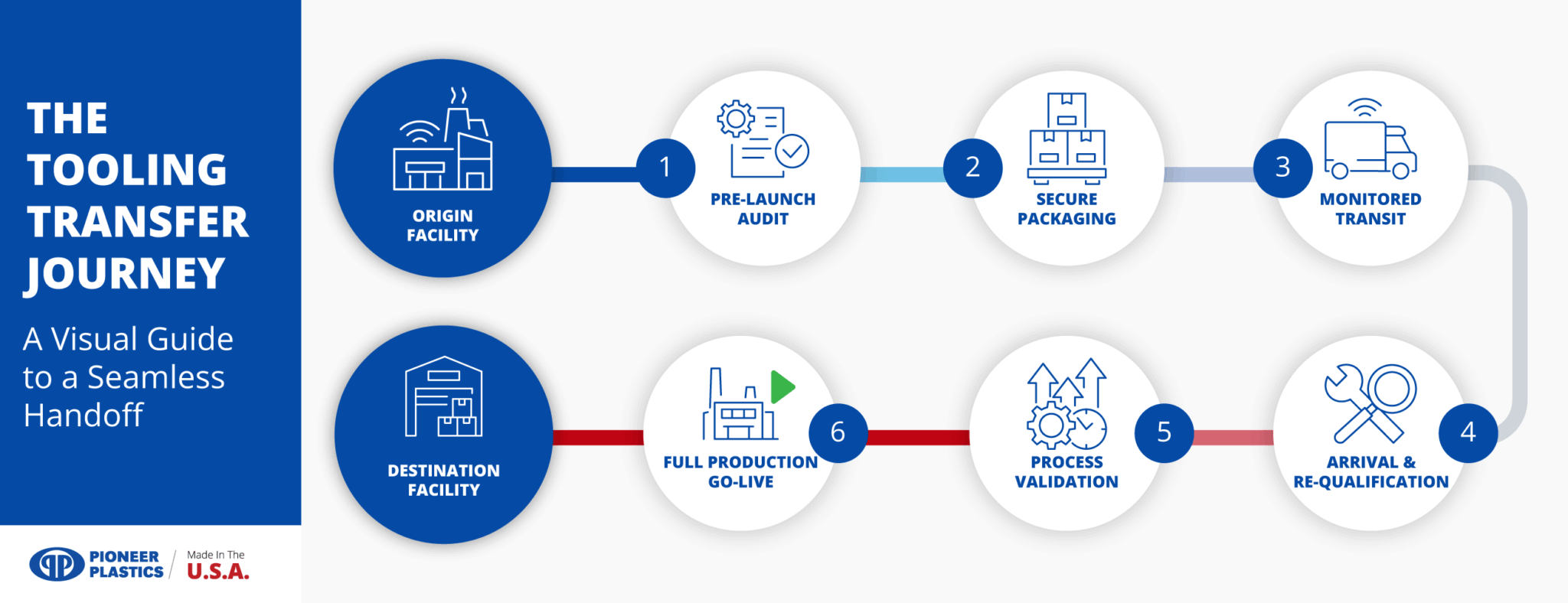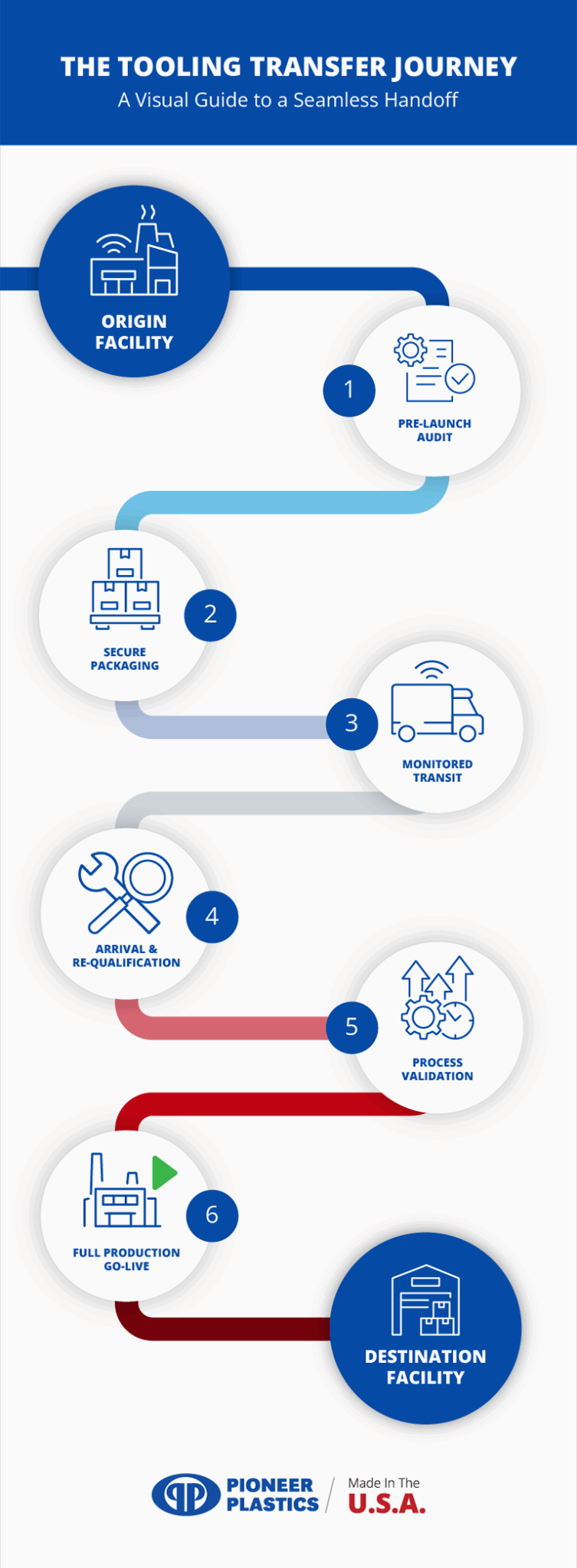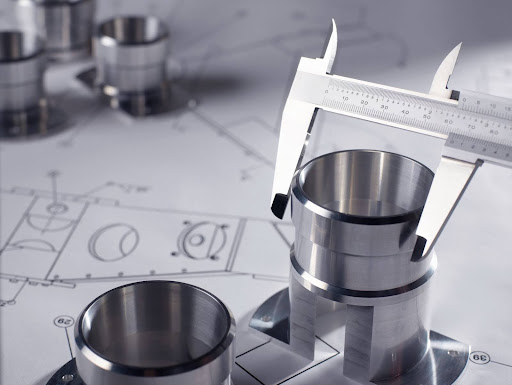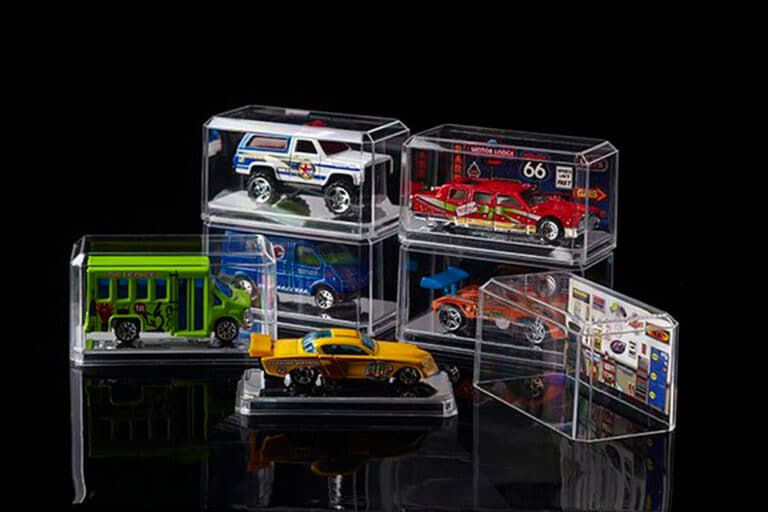Beyond the day-to-day logistics, a successful tooling transfer hinges on three interconnected strategic decisions that will define the project’s outcome. These choices—who you partner with, where they are located, and what the true financial commitment will be—require careful evaluation to ensure the transfer achieves its intended business goals, whether they are to improve quality, reduce costs, or enhance supply chain resilience.
1. Essential Criteria for Partner Selection
The single most critical factor in a tooling transfer is the capability of your new molding partner. A world-class facility can make even a complex international transfer feel seamless. Look for a partner who demonstrates excellence in these key areas:
- Technical Expertise: A proven track record of successfully managing tooling transfers of similar complexity.
- Transparent Communication: A commitment to providing frequent updates, clear documentation, and a structured approach to problem-solving.
- Robust Quality Assurance: Strong programs for inspection, validation, and compliance that align with industry best practices.
- IP Safeguards: Verifiable security measures and strict protocols to protect your confidential designs and proprietary process data.
- Sufficient Production Capacity: The flexibility and resources to meet your volume demands and accommodate your project schedule without creating bottlenecks.
2. Domestic vs. Offshore: Weighing Your Location Options
The partner’s location introduces another layer of strategic trade-offs. The decision between a domestic and an offshore transfer often comes down to balancing cost against control and speed.
- Domestic Transfers typically offer shorter lead times, simplified logistics, and easier site visits for collaboration and oversight. Communication is often more fluid due to shared time zones and cultural alignment, and regulatory oversight is more straightforward.
- Offshore Transfers can present opportunities for lower piece-part prices and reduced initial tooling costs in some regions. However, these benefits must be weighed against the challenges of longer shipping times, potential communication barriers, and the complexities of managing operations from a distance.
Ultimately, balancing potential cost savings with the need for reliable quality control, clear communication, and supply chain agility is essential when making your decision.
3. Understanding the True Cost Beyond the Shipping Quote
A common and costly mistake is to underestimate the transfer’s total financial impact by focusing only on the initial quote for moving the mold. The shipping fee is often just the tip of the iceberg. To create a realistic budget, you must calculate the Total Cost of Ownership (TCO) for the project, which includes several often-hidden expenses:
- Inspection and Repair: Molds frequently require adjustments, minor repairs, or significant refurbishment upon arrival, followed by thorough revalidation runs to confirm part quality.
- Production Downtime: Every day the mold is out of commission is a day of lost production, which can translate directly to lost revenue or missed customer deadlines.
- Logistical Expenses: Beyond basic freight, this includes custom crating, specialized packaging, comprehensive insurance, and potential tariffs or customs fees for international transfers.
A comprehensive TCO analysis provides the financial clarity needed to validate your choice of partner and location, ensuring the transfer achieves its strategic goals without derailing your budget.
Why Pioneer Plastics Is the Trusted Partner
With over four decades of experience, Pioneer Plastics excels at managing complex tooling transfers. Our US-based manufacturing model ensures rapid prototyping and shorter lead times compared to many overseas options. From comprehensive in-house tool building services to advanced engineering services for plastics, we prioritize quality, efficiency, and IP protection. Our team integrates effective planning, dedicated communication, and careful tool management to handle each stage of your transfer enabling you to focus on product innovation rather than worrying about mold relocation and validation.
Key Takeaways for Effective Tooling Transfers in Injection Molding
Tooling transfers in injection molding can be a complex endeavor. However, strategic planning, realistic cost assessments, clear communication, and a phased process keep production on schedule and protect quality.
Pioneer Plastics is ready to support you every step of the way. Contact us for a smoother tooling transfer process or to request a tailored quote. We look forward to helping you secure dependable, cost-effective production for all your custom injection molding needs.



